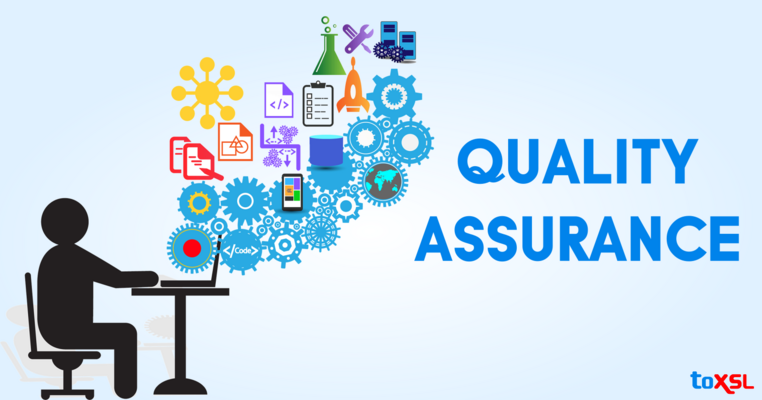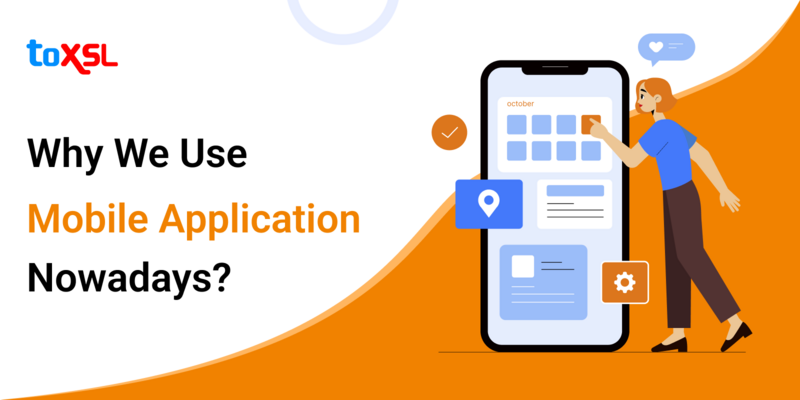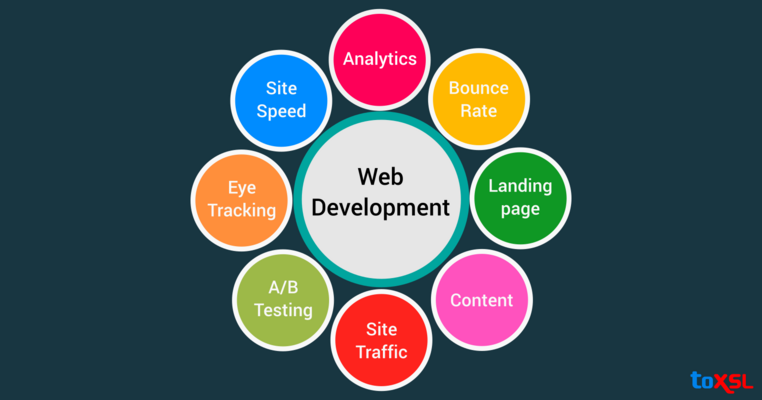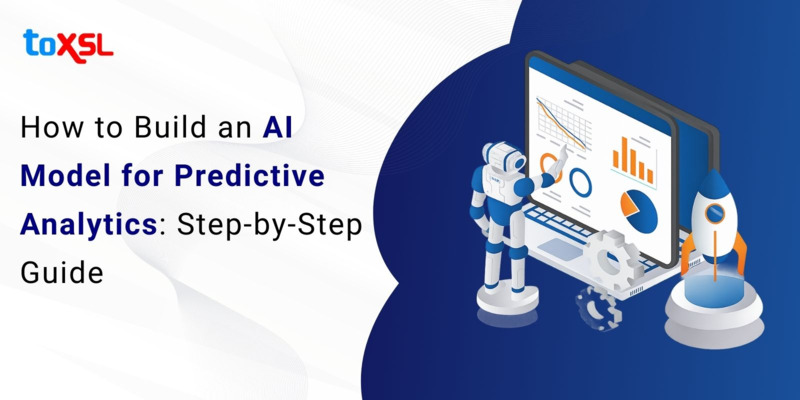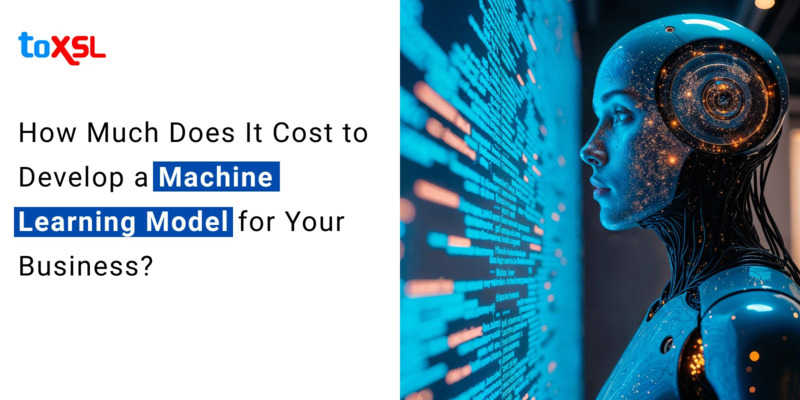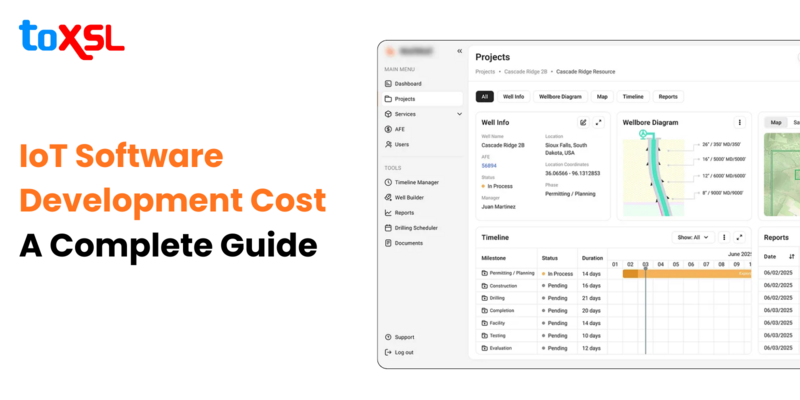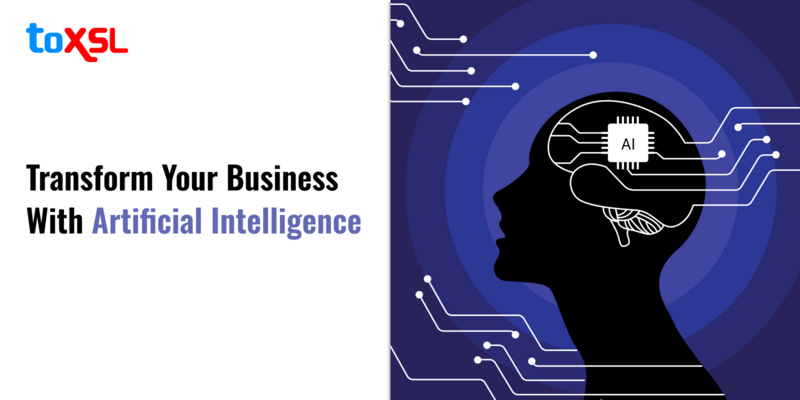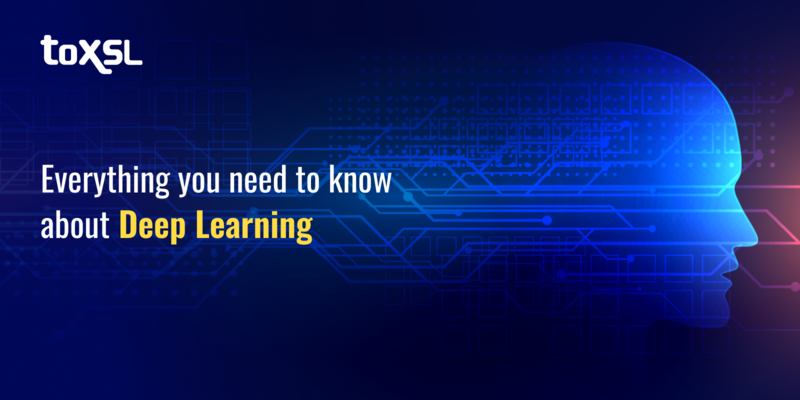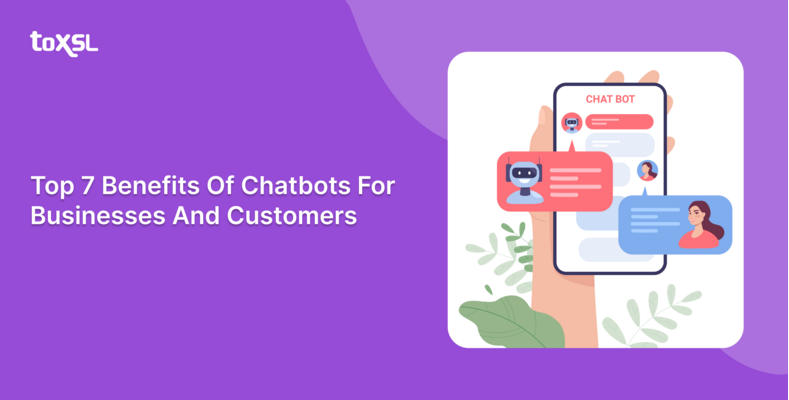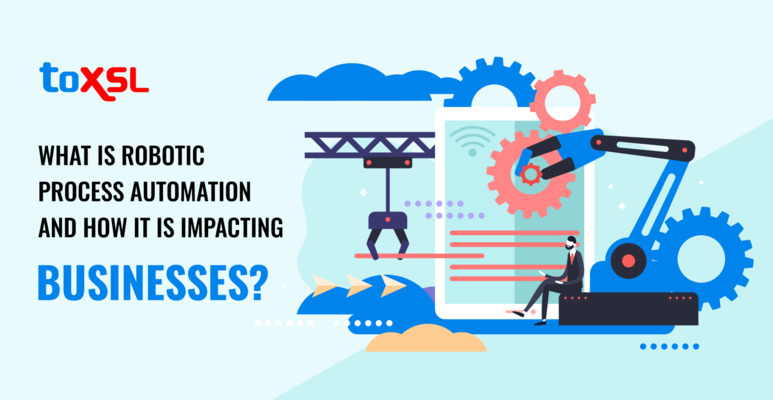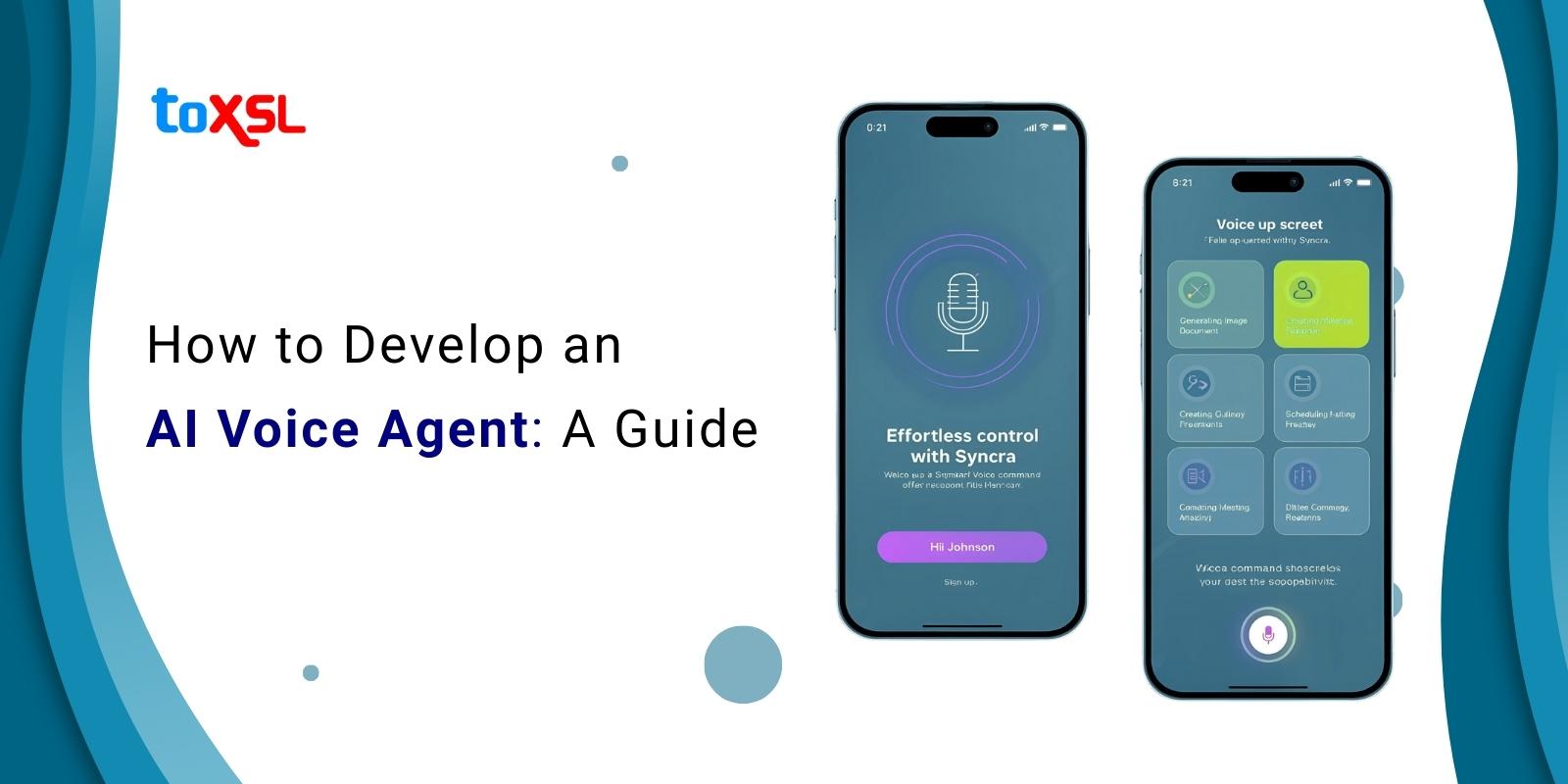
The world has become aware of AI that writes emails. But, can you imagine an AI that speaks in your voice? You might have been in a moment where you couldn’t tell whether you were talking to a human or an AI?
The global Voice AI Agents market is estimated to grow to US$47.5 billion by 2034. An AI voice agent is a software system designed to interact with users through spoken language. A modern AI voice agent understands natural language, maintains dialogue context, and responds reasonably, primarily in a conversational manner that mimics human interaction. Think of it as a digital companion who listens, understands, reasons, and replies, be it scheduling your calendar, making purchases, or solving problems.
Its development process involves a combination of natural language processing, speech recognition, machine learning, and user experience design. These intelligent assistants are capable of human-like conversation and revolutionize how businesses interact with customers, automate tasks, and provide services.
An AI voice agent is an application or system that interacts with users through spoken language. These agents leverage Automatic Speech Recognition (ASR), Natural Language Understanding (NLU), dialogue management, and Text-to-Speech (TTS) technologies.
Key Takeaways
AI voice agents are revolutionizing human-computer interaction by enabling natural, conversational experiences.
Development involves defining purpose, designing conversation flows, selecting technology, training AI models, and continuous iteration.
There are multiple types of AI voice agents, ranging from rule-based systems to advanced conversational AI capable of emotion recognition and multi-turn dialogues.
Core features include context retention, sentiment analysis, multi-language support, predictive intent recognition, and deep integration with backend systems.
Costs vary widely depending on complexity, from $10,000 for an MVP to $150,000+ for enterprise-grade agents.
Investing in AI voice agents enhances operational efficiency, improves customer engagement, and positions businesses for competitive advantage in the digital landscape.
The Development Process of an AI Voice Agent
Here are the key steps involved in developing an AI voice assistant:
Define Purpose and Scope: Identify the main objectives your AI voice assistant will serve. Determine the target users, core use cases, supported platforms, and success metrics. Defining the scope ensures purposeful development aligned with business needs.
Map User Journey: Understand how users will interact with the assistant across different scenarios. Consider user intent, emotional states, and potential pain points. Design conversation flows that respond empathetically and naturally to improve engagement.
Design Conversational Flow: Plan multi-turn dialogues with clear intents, fallback options, and error recovery mechanisms. Choose a tone and personality to match your brand identity. Use prototyping tools to visualize dialogues and ensure coherence and clarity in interactions.
Select Technology Stack: Choose the components powering your voice assistant:
- Automatic Speech Recognition: Converts speech to text.
- Natural Language Understanding: Detects user intent and extracts entities.
- Dialogue Management: Controls conversation state and flow.
- Text-to-Speech: Converts text responses back into speech.
Collect and Prepare Data: Acquire voice samples, text transcripts, and conversational data relevant to your domain. Annotate this data with intents and key entities. Clean and preprocess the data to enhance model training effectiveness and robustness, accounting for accents, speech variations, and noise.
Build and Train AI Modules
- Develop or integrate an ASR system for accurate speech transcription.
- Train NLU models to understand intents and extract entities precisely.
- Implement dialogue management logic that maintains context and manages conversation flow.
- Choose or build a TTS system that delivers natural, clear voice output.
Integrate Frontend and Backend Systems: Design user interfaces for voice input and output across targeted devices and platforms. Develop backend APIs to orchestrate ASR, NLU, dialogue management, and TTS modules. Ensure data security and privacy compliance throughout the system.
Test Thoroughly: Conduct extensive testing at multiple levels, including component-level tests, end-to-end conversation simulations for usability and coherence, stress testing under heavy loads, and user acceptance testing for real-world performance.
Deploy and Monitor: Launch the voice assistant on the chosen infrastructure (cloud or on-premise). Continuously monitor performance metrics, user engagement, and error rates. Collect user feedback and interaction logs for insights.
Maintain and Iterate: Use data from real user interactions to retrain and fine-tune AI models, update conversation flows, and add new features. Regular maintenance keeps the assistant relevant, accurate, and user-friendly as needs evolve.
Types of AI Voice Agents
Artificial Intelligence (AI) voice agents have become the bridge between humans and machines, enabling natural, effective communication through spoken language. Whether it's scheduling appointments, answering customer inquiries, or performing voice-activated tasks, AI voice agents power many modern applications and devices. However, not all AI voice agents are the same. They vary based on their capabilities, design approach, and use cases.
Rule-Based AI Voice Agent: Rule-based AI voice agents are the simplest and earliest form of voice interaction systems. Their core mechanism revolves around predefined rules, scripts, or decision trees that map specific voice commands or keywords to set responses or actions.
These agents rely on recognizing certain cues in the user’s speech and then executing corresponding instructions or replies without understanding the underlying meaning or context. Essentially, the system acts as a voice-driven menu with fixed options and commands.
AI-Assistant Voice Agent: AI-assistant voice agents represent a more sophisticated class designed to handle a broader range of tasks with more natural interactions. These agents combine evolving AI capabilities, such as speech recognition, natural language understanding, and contextual awareness, to act as personal or enterprise helpers.
AI-assistants interpret user intentions beyond keywords, using machine learning trained on large datasets to understand varied phrasing and context. They often integrate with various applications and data sources to perform multitasking, such as setting reminders, fetching information, controlling smart homes, or managing emails.
Conversational AI Voice Agent: Conversational AI voice agents are at the forefront of voice technology with the goal of simulating human-like, multi-turn conversations. These agents leverage advanced NLP models, dialog management, context retention, and even emotion recognition to engage interactively and meaningfully.
Unlike earlier agents that may respond only to isolated commands, conversational AI voice agents manage dialogue flows over multiple exchanges. They track user intents, remember conversation history, contextually interpret ambiguities, and respond in more personable and situationally relevant tones.
Voice-Activated Voice Agent: Voice-activated voice agents focus on seamless, hands-free activation through wake words or phrases. These agents stay in low-power listening mode and become fully active only upon detecting their designated trigger phrases.
Equipped with always-on wake-word detection technology, these agents reduce resource consumption and enhance privacy by limiting active listening. Once the activation phrase is recognized, they switch to full speech recognition and natural language processing.
Main Features of AI Voice Agents
AI Voice Agents are advanced conversational systems that use artificial intelligence to interact with users through natural spoken language. They have evolved beyond simple voice assistants to become powerful tools that understand, respond, and execute complex tasks in real time. Here's a comprehensive blog highlighting the key features of AI Voice Agents:
Context Awareness and Retention: AI voice agents understand not only the words spoken but also the intent and history behind them. They retain context across multiple interactions, enabling smooth and coherent multi-turn conversations. This allows users to build on previous statements without repetition, making interactions more natural and efficient.
Sentiment Analysis: Modern AI voice agents can detect the emotional state of users through voice tone and adjust their responses accordingly. This feature enhances empathy and improves customer experience, especially in sensitive fields such as healthcare, legal services, or customer support.
Multi-language Adaptation: Leading AI voice agents support multiple languages while understanding regional slang and cultural nuances. This ensures that greetings, instructions, and responses are contextually appropriate, avoiding misunderstandings and improving global usability.
Advanced Speech Recognition: AI voice agents use Automatic Speech Recognition (ASR) to convert spoken words to text, and Natural Language Understanding (NLU) powered by large language models to grasp intent, context, and specifics such as dates or products. This combination allows agents to comprehend and respond accurately to complex queries.
Customizable Voice Response: Text-to-Speech (TTS) technology enables AI voice agents to respond with realistic, natural-sounding voices that include emotional variations, accents, and tone suitable to the brand or user preference. These customizations create an engaging and personalized interaction.
Predictive Intent Recognition: Rather than simply indicating errors, AI voice agents ask clarifying questions when uncertain, improving user experience by handling misunderstandings gracefully. Predictive intent recognition anticipates user needs based on conversation patterns, reducing interaction time and enhancing satisfaction.
Deep System Integration: AI voice agents are integrated with backend systems such as CRM, inventory, and payment processing platforms. This enables them to perform tasks like booking appointments, checking order status, or processing transactions without human intervention, increasing efficiency.
Multi-modal Interaction: Some AI voice agents support multi-modal interfaces, combining voice with screens, texts, or touch feedback. This is particularly useful for complex interactions, such as guiding users visually while speaking or sending confirmation texts after a call.
Analytics and Continuous Learning: AI voice agents collect conversation analytics to monitor completion rates, satisfaction trends, and common issues, which helps businesses optimize performance. Machine learning algorithms ensure continuous improvement through ongoing interaction with data.
Enterprise-Grade Security: Security features such as voice-based identity verification, data encryption, and privacy controls are integral to AI voice agents, especially for industries with stringent compliance requirements like banking and healthcare.
Scalability and Efficiency: AI voice agents can handle thousands of interactions simultaneously without fatigue, offering quick and consistent responses 24/7. This scalability improves customer service availability and operational efficiency.
Cost to Develop an AI Voice Agent
AI voice agents are essential for modern user interfaces. These agents are transforming how people interact with devices and services using natural speech. AI voice agents cover a wide range of applications, including customer support automation, smart home control, and virtual assistance.
Development Tier | Estimated Cost (USD) | Features Included | Suitable For |
|---|---|---|---|
MVP (Minimal Viable Product) | $10,000 – $25,000 | Single feature, single language, basic NLP capabilities | Startups testing ideas, simple use cases |
Mid-tier Voice Agent | $25,000 – $50,000 | Multi-intent support, limited third-party integrations, branded voice | SMEs, broader automation needs |
Enterprise-grade Agent | $50,000 – $150,000+ | Full conversational AI, multi-language support, secure and scalable | Large enterprises, regulated and high-performance sectors |
Cost Considerations
Here are a few factors that decide the cost of your AI voice agent:
Complexity and Use Case: The scope and complexity of your voice agent play an important role in determining the cost. A simple agent that answers specific questions or manages basic commands will cost less than one designed for complex, multi-turn conversations.
Cloud Services & API Usage: Licensing for AI models, speech-to-text, text-to-speech, and phone call infrastructure is often charged based on usage, affecting ongoing costs.
Testing and Data Requirements: User testing, training with real interactions, and bug fixes add 15-25% of the initial development cost annually. High-quality training data needs collection, cleaning, and annotation, sometimes impacting costs substantially.
Tools and Frameworks to Explore
Developing an AI voice agent involves combining multiple specialized technologies to ensure accurate, natural, and context-aware interactions. Here’s a detailed look at the tools and frameworks you can explore:
ASR (Automatic Speech Recognition):
Whisper: Developed by OpenAI, Whisper is a state-of-the-art speech recognition model capable of handling multiple languages and noisy environments. It provides high transcription accuracy and is suitable for real-time or batch processing.
Google Cloud Speech: A scalable cloud-based ASR solution with real-time streaming, multi-language support, and integration with other Google Cloud AI services.
DeepSpeech: Mozilla’s open-source ASR engine is lightweight and can run on edge devices, offering privacy-preserving on-device speech recognition.
NLU (Natural Language Understanding):
Rasa: Open-source framework for building intent recognition and dialogue management, allowing full control over conversation logic.
Dialogflow: Google’s NLP platform supports conversational design, entity extraction, and multi-platform deployment.
Microsoft LUIS: A cloud-based service to detect user intent and extract relevant entities, easily integrated into enterprise applications.
TTS (Text-to-Speech):
Amazon Polly: Provides high-quality, natural-sounding voices in multiple languages, with customizable pronunciation and speech effects.
ElevenLabs: AI-powered voice synthesis that mimics human intonation and emotional tone, ideal for storytelling and customer-facing applications.
Google Wavenet: Produces extremely natural speech output using deep neural networks, with a wide range of voices and languages.
End-to-End Platforms:
Voiceflow: Drag-and-drop platform for designing, prototyping, and deploying conversational voice applications.
Alan AI: Offers voice AI tools for web and mobile apps, enabling dynamic voice interactions.
Snips: Focused on privacy-first, on-device voice assistants, suitable for scenarios requiring secure data handling.
Challenges and Considerations
While AI voice agents are increasingly sophisticated, developers must address several challenges for optimal performance:
1. Background Noise and Voice Clarity:
Noisy environments or low-quality microphones can significantly impact recognition accuracy. Advanced noise cancellation and adaptive signal processing are critical.
2. Handling Diverse Accents and Dialects:
Users may speak with various regional accents, pronunciations, or speech patterns. Training models on diverse datasets ensures inclusivity and reduces misinterpretations.
3. Context Management in Long Conversations:
Maintaining context over multiple interactions is key for natural conversations. AI must track previous user queries, inferred intent, and emotional state to respond appropriately.
4. Maintaining a Natural and Human-Like Tone:
AI responses should be engaging, empathetic, and aligned with brand personality. This includes handling humor, emotions, and situational nuances in real-time.
5. Data Privacy and Security:
Voice interactions often involve sensitive information. Developers must implement encryption, secure storage, and compliance with GDPR, CCPA, and other regulations.
6. Scalability and Performance:
High-traffic environments require AI voice agents to handle thousands of simultaneous interactions without delays or failures. Efficient backend architecture and cloud infrastructure are essential.
7. Continuous Learning and Adaptation:
AI voice agents must continuously improve from real-world interactions. Active learning, model retraining, and conversational analytics help enhance accuracy and user satisfaction.
The Future of AI Voice Agents
The evolution of AI voice agents is accelerating, and the future promises transformative innovations:
Hyper-Personalization:
AI will tailor interactions based on user preferences, purchase history, and behavioral patterns, making every conversation uniquely relevant.
Emotionally Intelligent Agents:
Future agents will detect user mood, stress, or urgency and adjust tone, pacing, and suggestions to provide empathetic, human-like interactions.
Multimodal Experiences:
Voice agents will integrate voice, touch, gestures, and visual interfaces. For example, a virtual assistant could provide spoken guidance while highlighting visual cues on a screen.
On-Device Processing and Edge AI:
Shifting computation to devices reduces latency, enhances privacy, and ensures reliability even without continuous internet connectivity.
Industry-Specific Applications:
Healthcare, finance, retail, and education sectors will increasingly adopt AI voice agents for tasks like virtual patient consultations, voice-based banking, smart home management, and personalized learning.
Collaborative AI Agents:
Future agents may collaborate with other AI systems, such as recommendation engines or robotic process automation (RPA), enabling more complex task handling and predictive assistance.
Global Accessibility:
As language models advance, voice agents will support underrepresented languages, regional dialects, and accessibility needs, making technology inclusive worldwide.
Sustainability Considerations:
Efficient AI models will reduce energy consumption, optimizing the environmental footprint of cloud-based voice processing.
Conclusion
At ToXSL Technologies, we understand the transformative power of AI voice agents in enhancing customer engagement and operational efficiencies. Our expertise lies in the full spectrum of AI voice development, and our experts handle everything from concept to deployment. Developing an AI voice agent requires strategic planning, technology integration, and a user-centered approach to develop AI agents that resonate with users.
Investing in a voice agent is not just about technology, it’s about innovating communication, empowering users, and staying ahead in a competitive digital environment. So, if you are aiming to automate processes or deliver seamless customer interactions, ToXSL Technologies is your partner in navigating the complexities of AI voice agent development while optimizing costs and achieving your business goals.
Frequently Asked Questions
How long does it typically take to develop a fully functional AI voice assistant?
The development timeline for an AI voice assistant varies widely depending on the project’s complexity and scope. Small-scale projects or minimum viable products (MVPs) with limited capabilities can be developed in as little as 8 to 12 weeks.
Can businesses or developers without deep AI expertise build effective AI voice assistants?
Yes, many cloud platforms and service providers offer no-code or low-code tools to create basic AI voice assistants. However, for advanced customizations, domain-specific models, or large-scale deployments, expertise in AI, data science, and software engineering is necessary.
How is user privacy protected?
We follow strict data encryption, anonymization, and adherence to regulations like GDPR and CCPA to safeguard user information.
How accurate are AI voice assistants in understanding diverse languages?
Modern AI voice assistants use large and diverse datasets to improve recognition accuracy across different accents, dialects, and regional speech variations. A leading ASR system can give recognition accuracy up to 90%. However, accuracy can fluctuate due to various reasons, such as background noise, speech clarity, and linguistic diversity.
What ongoing costs should organizations budget for after launching an AI voice assistant?
Beyond initial development costs, several ongoing expenses should be anticipated. These include cloud service fees for speech processing APIs, which are usually charged based on usage, infrastructure costs for hosting backend services, costs related to continuous data collection and model retraining, and maintenance expenses.





